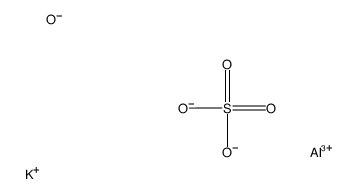Microstructure and characteristic properties of gelatin/chitosan scaffold prepared by a combined freeze-drying/leaching method.
M Alizadeh, F Abbasi, A B Khoshfetrat, H Ghaleh
Index: Mater. Sci. Eng. C. Mater. Biol. Appl. 33(7) , 3958-67, (2013)
Full Text: HTML
Abstract
A combined freeze-drying and particulate leaching method for scaffold synthesis showed an improvement in the horizontal microstructure of the gelatin/chitosan scaffolds. Type and concentration of the cross-linking agent, freezing temperature, concentration of the polymeric solution and gelatin/chitosan weight ratio were the variables affecting the scaffold properties. Assessment of the tensile properties of the scaffolds revealed that for a scaffold with 50% chitosan, glutaraldehyde, as a cross-linking agent, created much tighter polymeric network compared to N,N-(3-dimethylaminopropyl)-N'-ethyl carbodiimide (EDC). However, in the case of gelatin scaffolds, EDC was identified as the stronger cross-linker. Compressive behavior of the scaffolds satisfied formulations obtained from the theoretical modeling of the low-density, elastomeric foams. The investigation of the scaffold degradation indicated that the increase in the mechanical strength of the scaffolds would not always reduce their degradation rate. Copyright © 2013 Elsevier B.V. All rights reserved.
Related Compounds
| Structure | Name/CAS No. | Molecular Formula | Articles |
|---|---|---|---|
 |
Gelatin
CAS:9000-70-8 |
AlH3KO8S2 |
|
Unique Features of Human Protein Arginine Methyltransferase ...
2015-07-03 [J. Biol. Chem. 290 , 16723-43, (2015)] |
|
Fluorometric immunocapture assay for the specific measuremen...
2013-01-01 [Mol. Brain 6 , 14, (2013)] |
|
Relating the variation of secondary structure of gelatin at ...
2014-01-15 [Food Chem. 143 , 484-91, (2014)] |
|
In vitro growth of bioactive nanostructured apatites via aga...
2013-12-01 [J. Biomed. Nanotechnol. 9(12) , 1972-83, (2013)] |
|
Perforation of fragment simulating projectiles into goat ski...
2013-06-01 [J. R. Army Med. Corps 159(2) , 84-9, (2013)] |